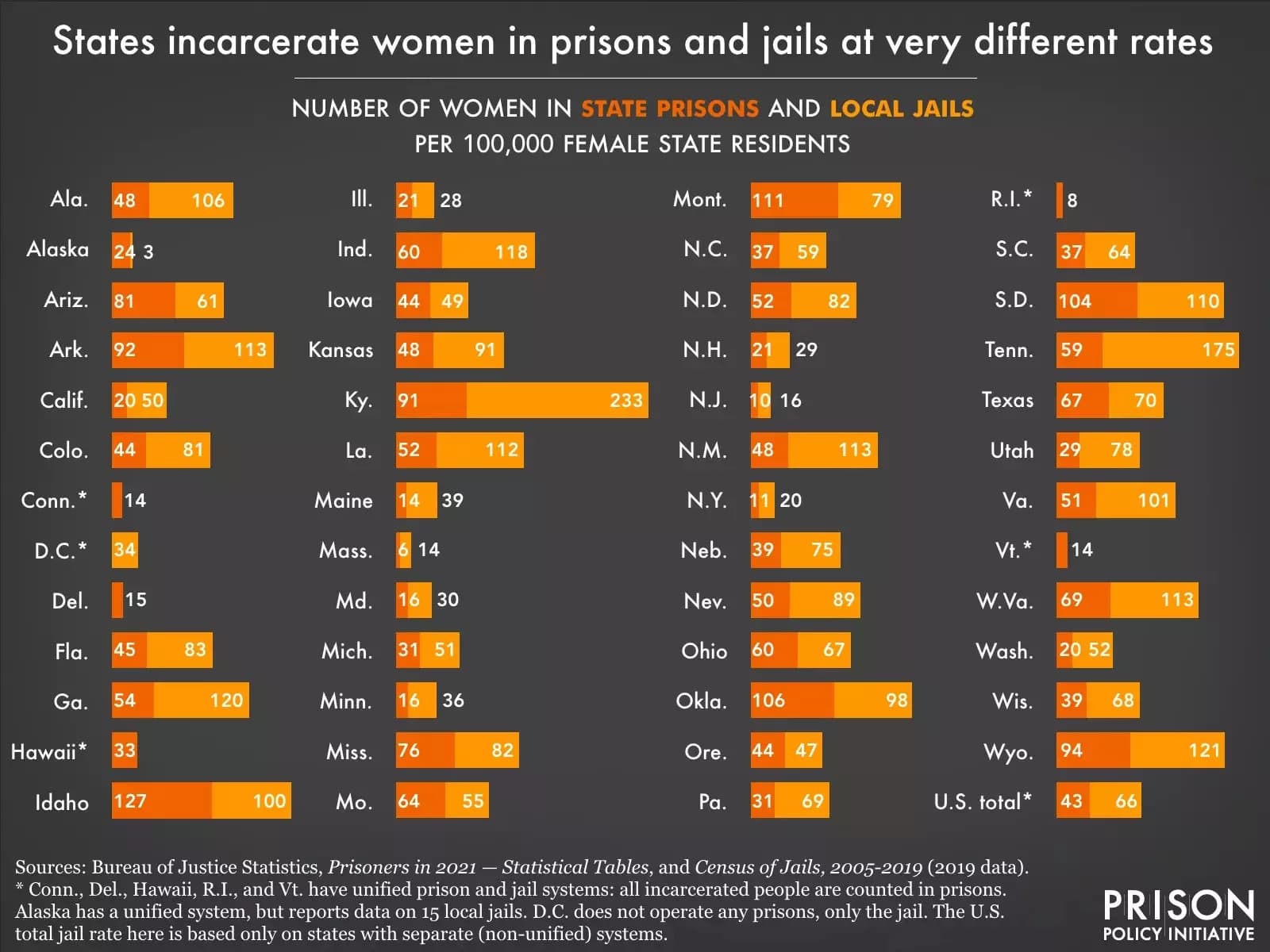U.S. Incarceration Rate Remains Highest Globally, Recidivism Persists Amid Policy Debate

The United States continues to grapple with an unparalleled incarceration rate and high recidivism, prompting ongoing debate over the effectiveness of "tough on crime" policies. A recent social media post by user "wanye" highlighted the complex reality, stating, > "You already know without me telling you that he’s previously been arrested many times. You can try to square that with the view that we are in America, “tough on crime“ or that we have a “mass incarceration“ problem, but I would encourage you to draw the obvious conclusion." This sentiment underscores the persistent challenges within the U.S. criminal justice system.
The U.S. holds nearly 2 million people in prisons and jails, representing approximately 20% of the world's incarcerated population despite having only 4.2% of the global population, according to the Prison Policy Initiative. This figure far surpasses other developed nations, with a 2022 incarceration rate of 541 per 100,000 people. The prison population saw a marginal increase in 2022 after a decade of decline.
Recidivism rates in the U.S. remain notably high. Data from the Bureau of Justice Statistics indicates that about 68% of prisoners released in 2005 across 30 states were rearrested within three years, and 77% within five years. For federal offenders released in 2005, nearly half (49.3%) were rearrested within eight years. These rates suggest that a significant portion of individuals released from incarceration return to the system, echoing the tweet's observation of repeated arrests.
The rise in incarceration and recidivism is largely attributed to "tough on crime" policies enacted since the 1970s, including mandatory minimum sentences and "three strikes" laws. These policies, often driven by public concern over crime, led to longer sentences and reduced judicial discretion. Studies show that while these measures aimed to deter crime, their effectiveness is debated, with some research indicating they may even increase the likelihood of future criminal behavior.
Critics argue that these policies disproportionately affect minority communities and individuals with mental health or substance abuse issues. For instance, the Sentencing Project highlights that people of color are vastly overrepresented in prisons. The focus on punishment over rehabilitation has led to calls for comprehensive criminal justice reform, emphasizing rehabilitation, community-based alternatives, and addressing underlying social issues to break cycles of incarceration.